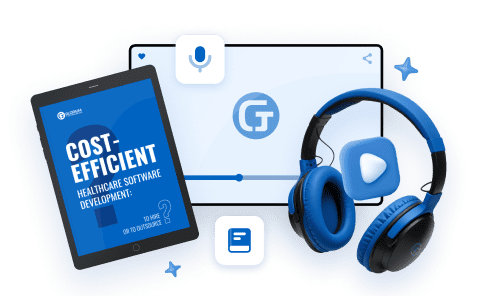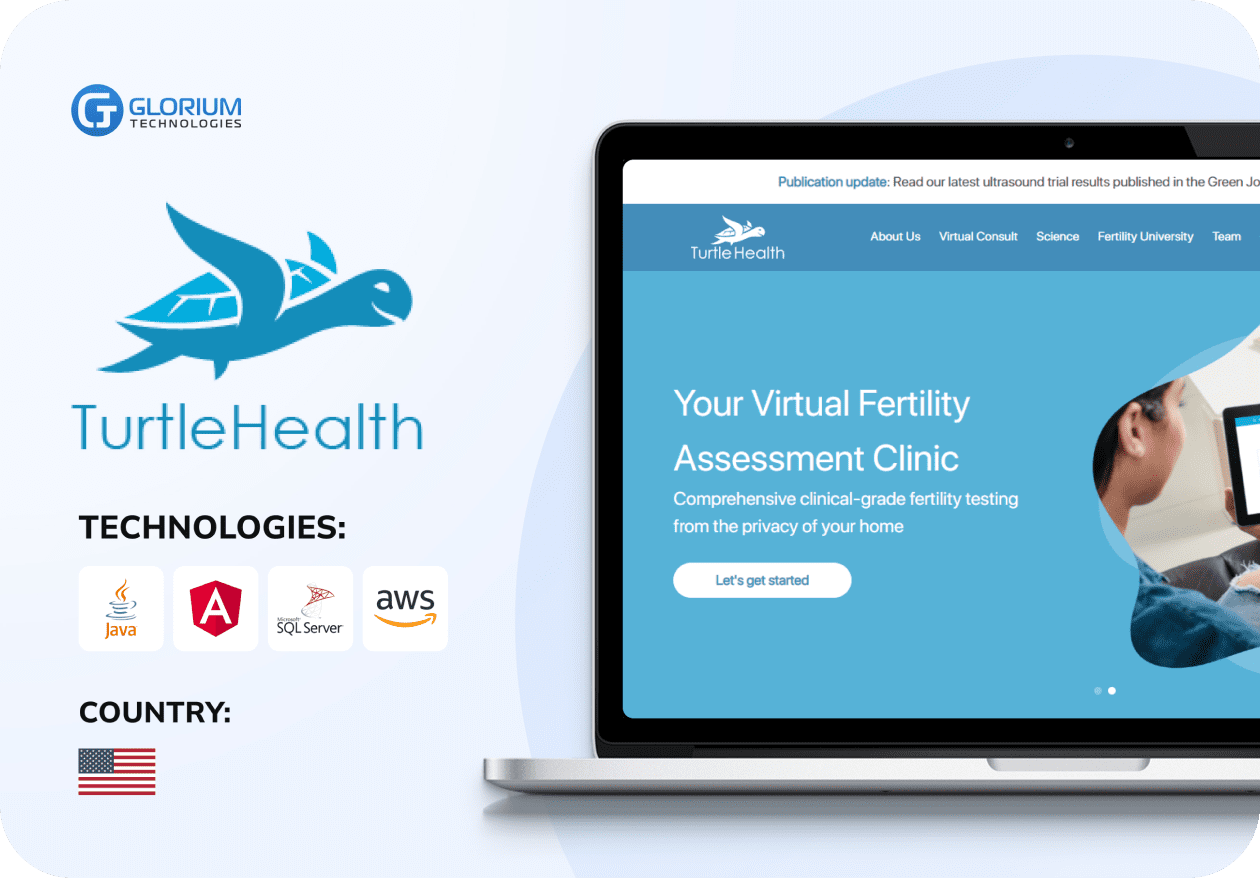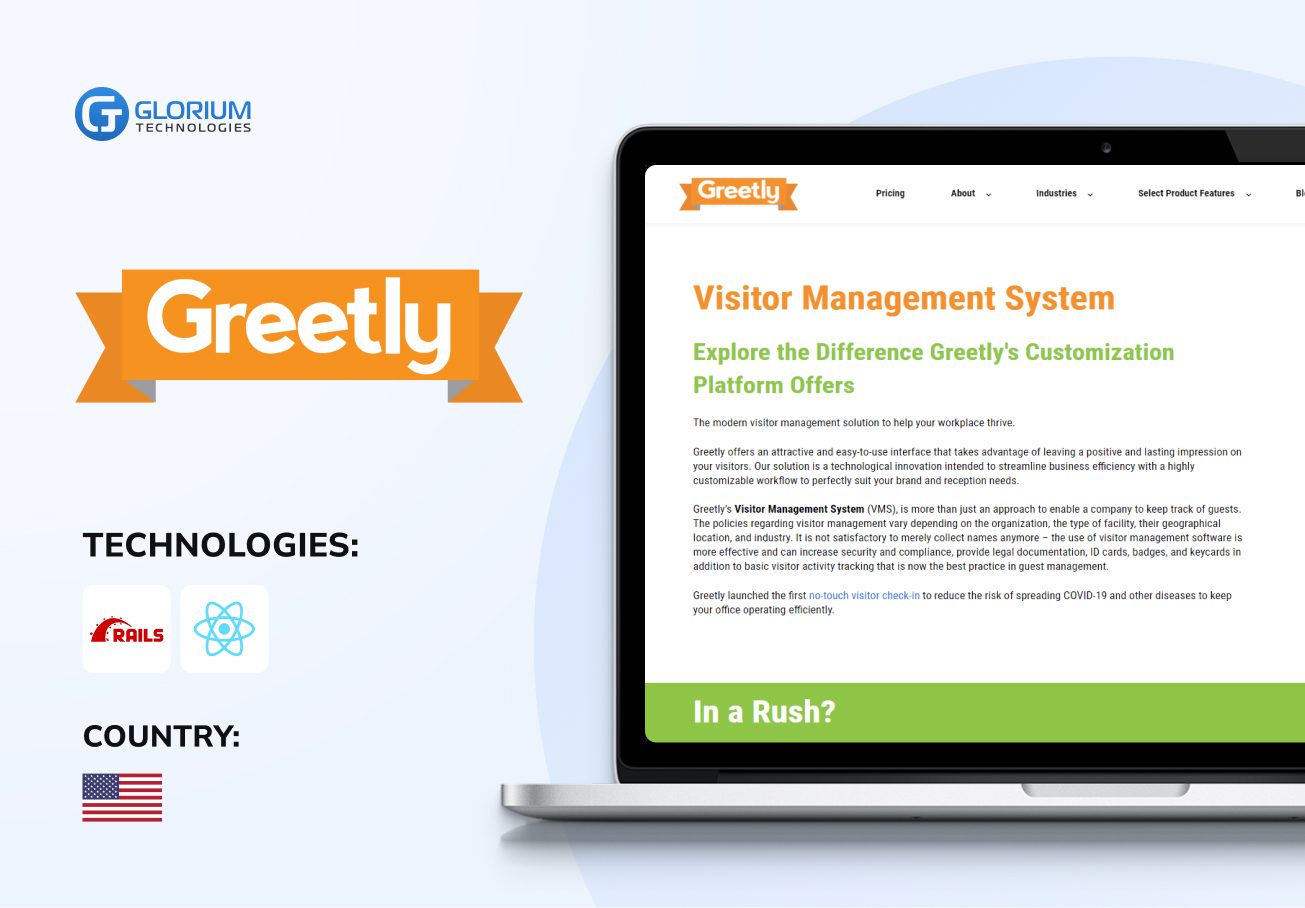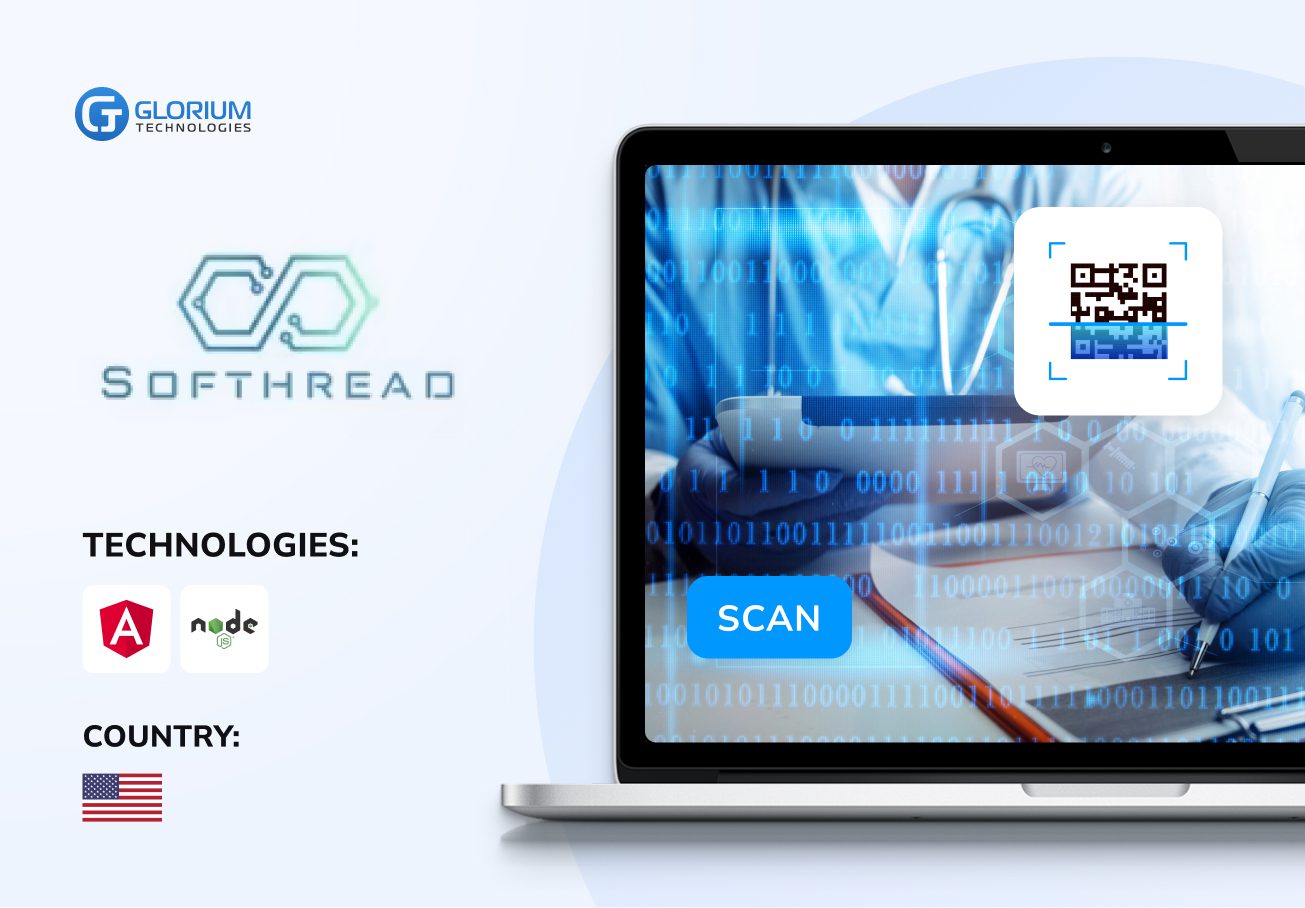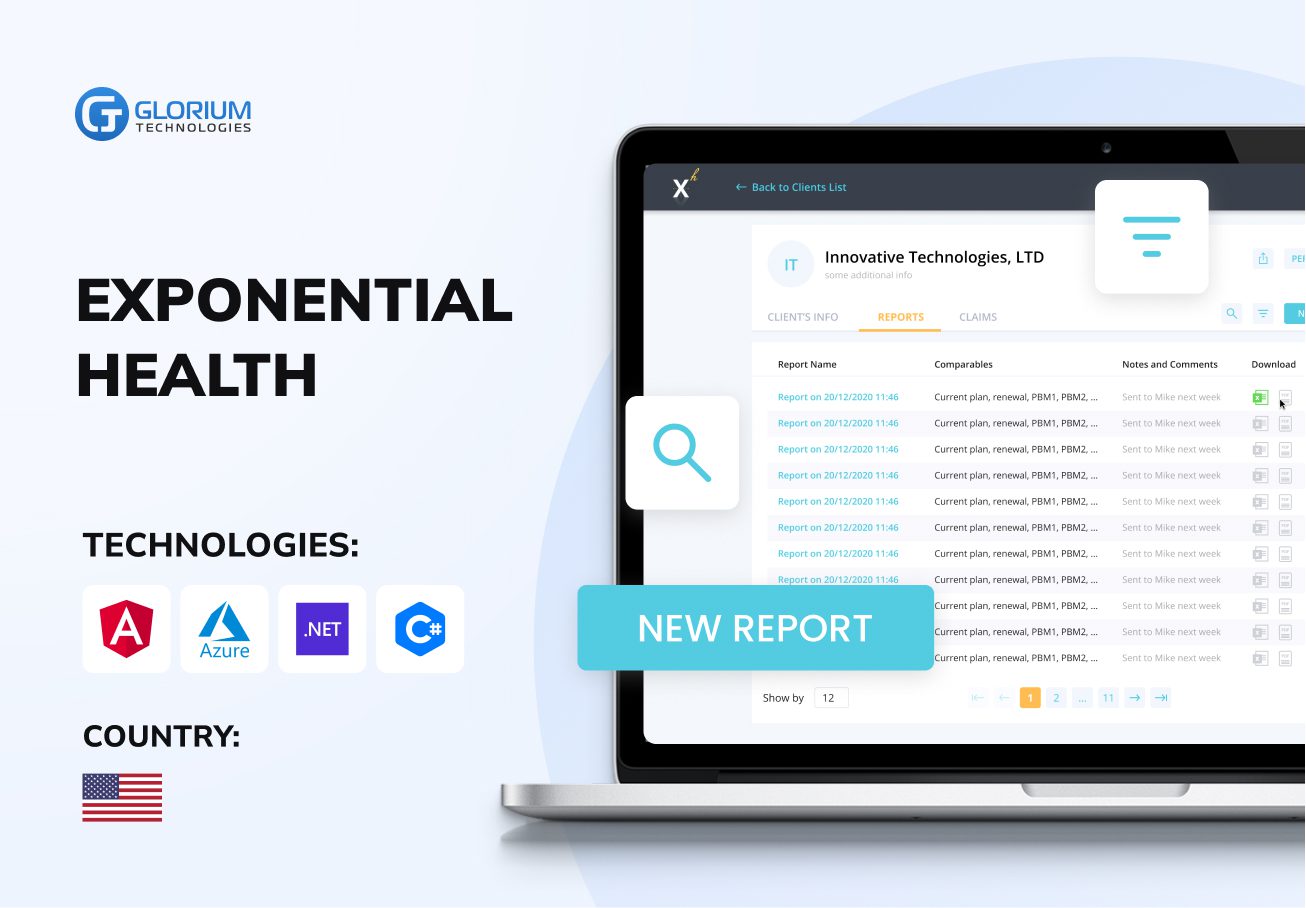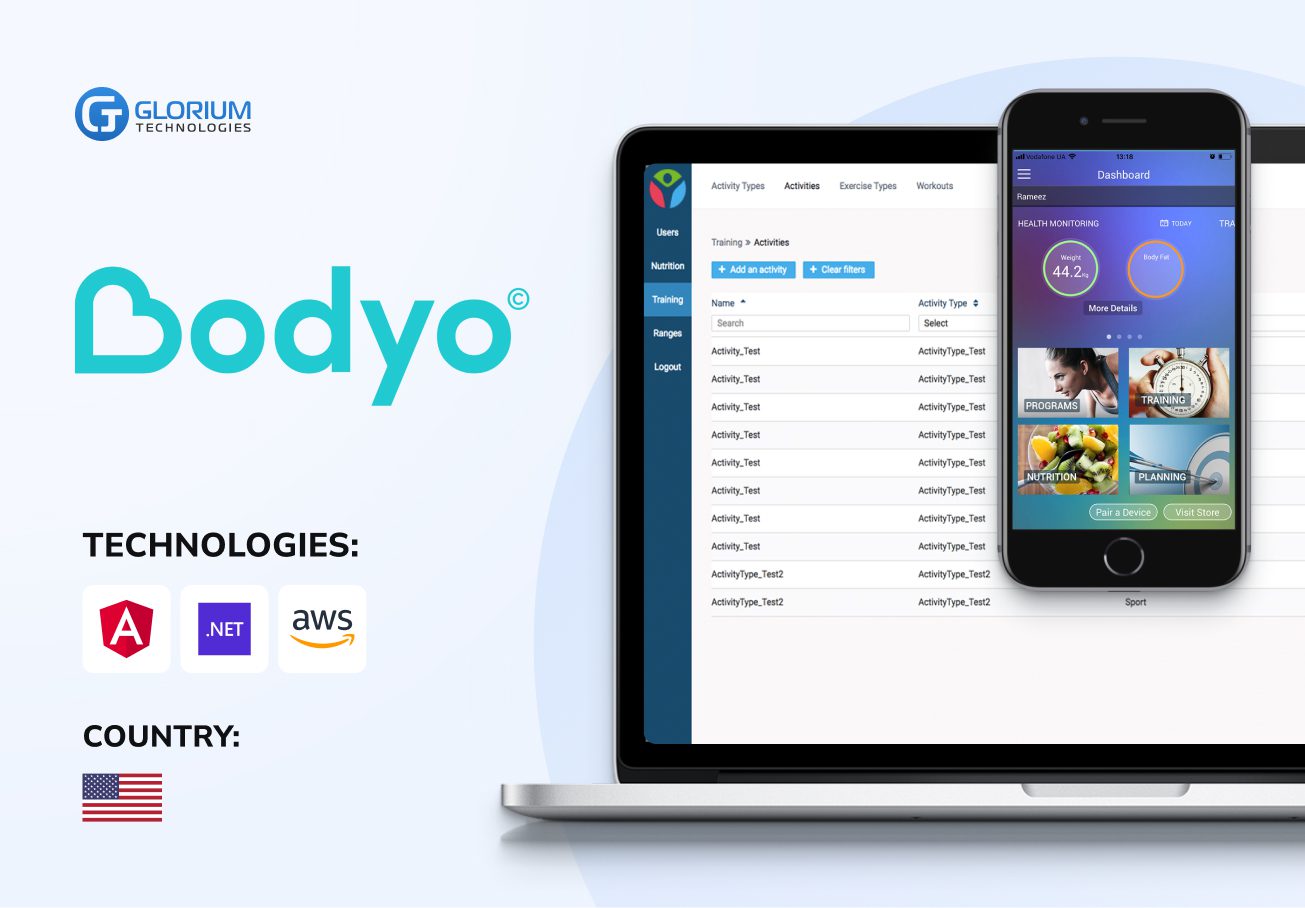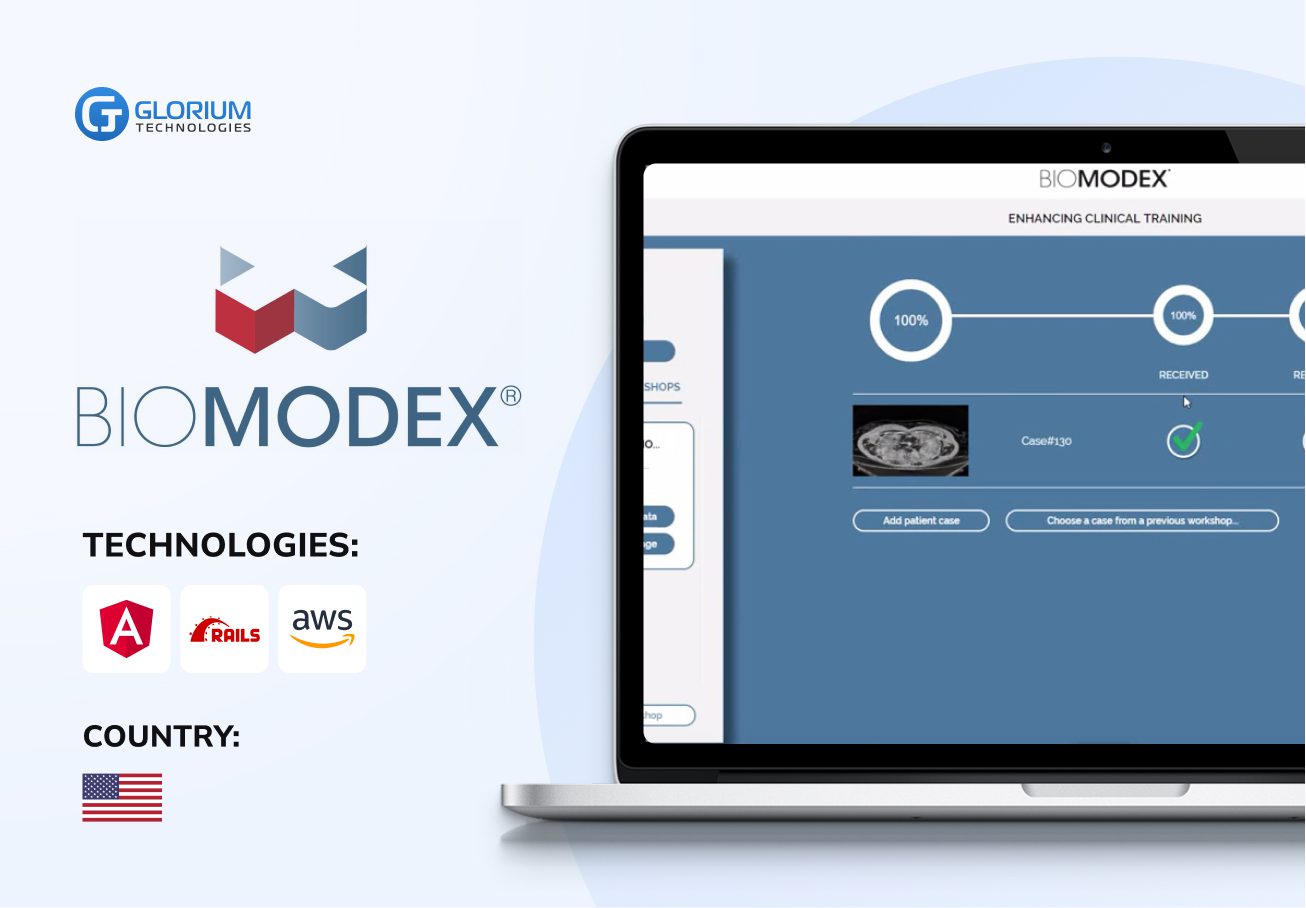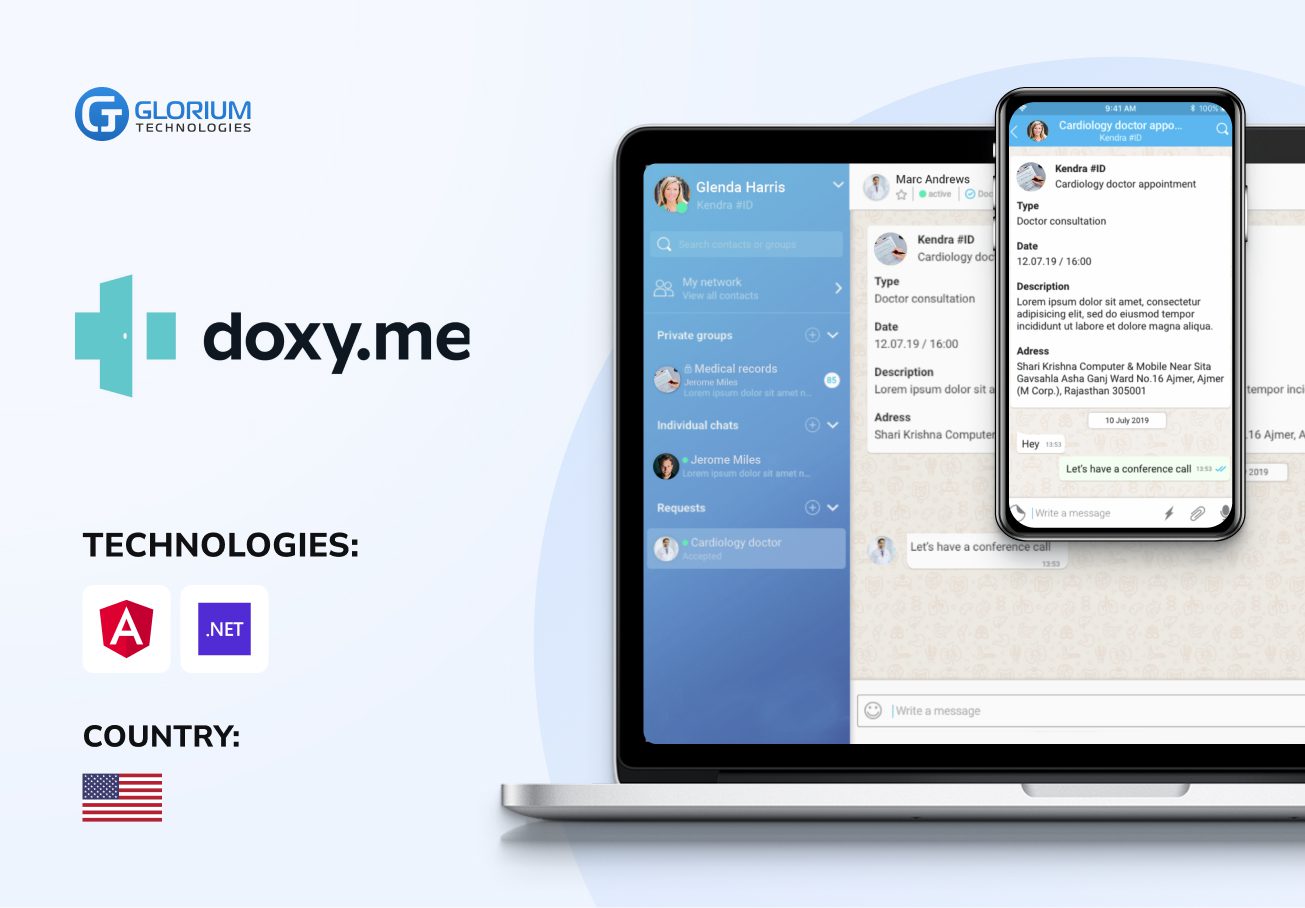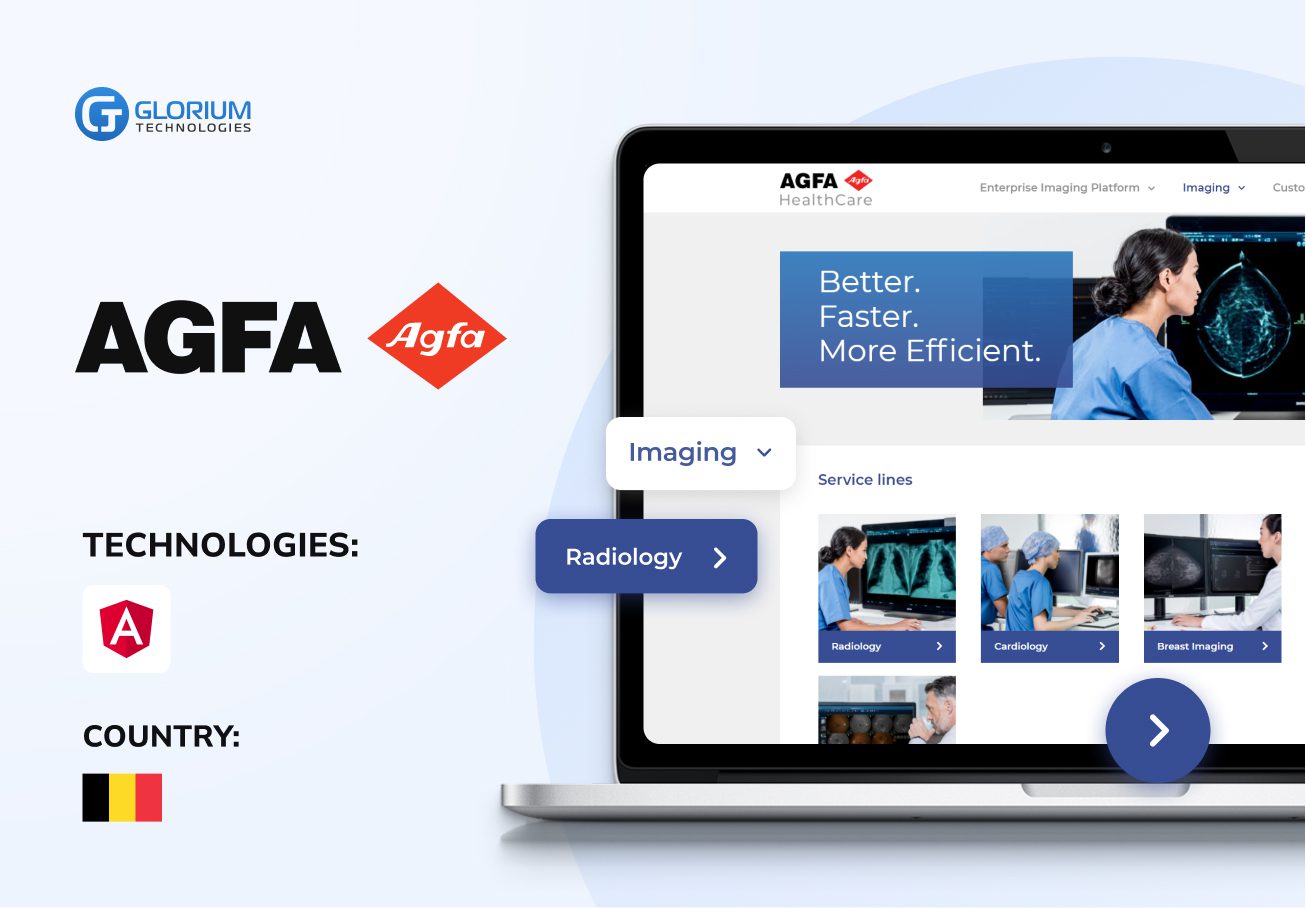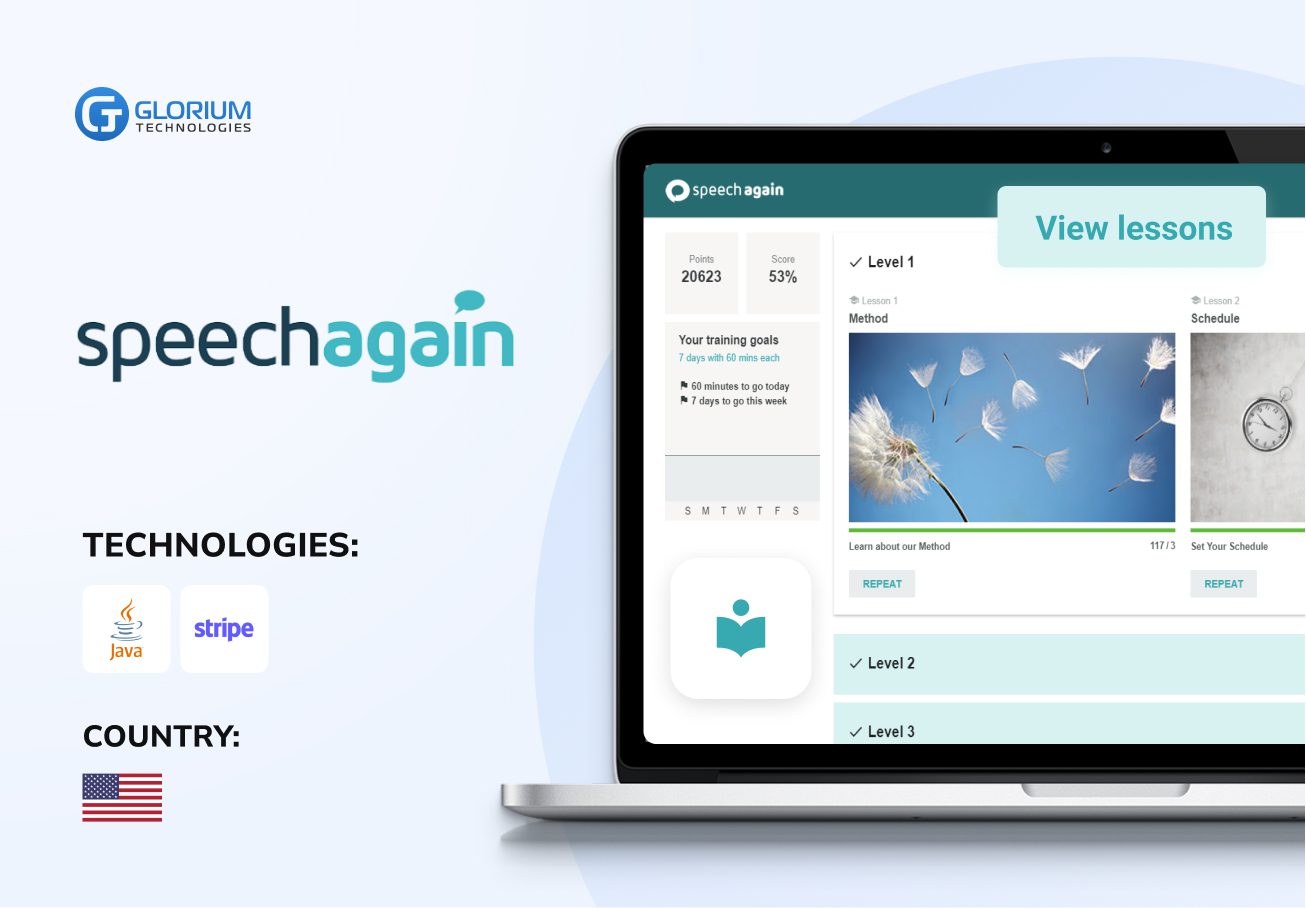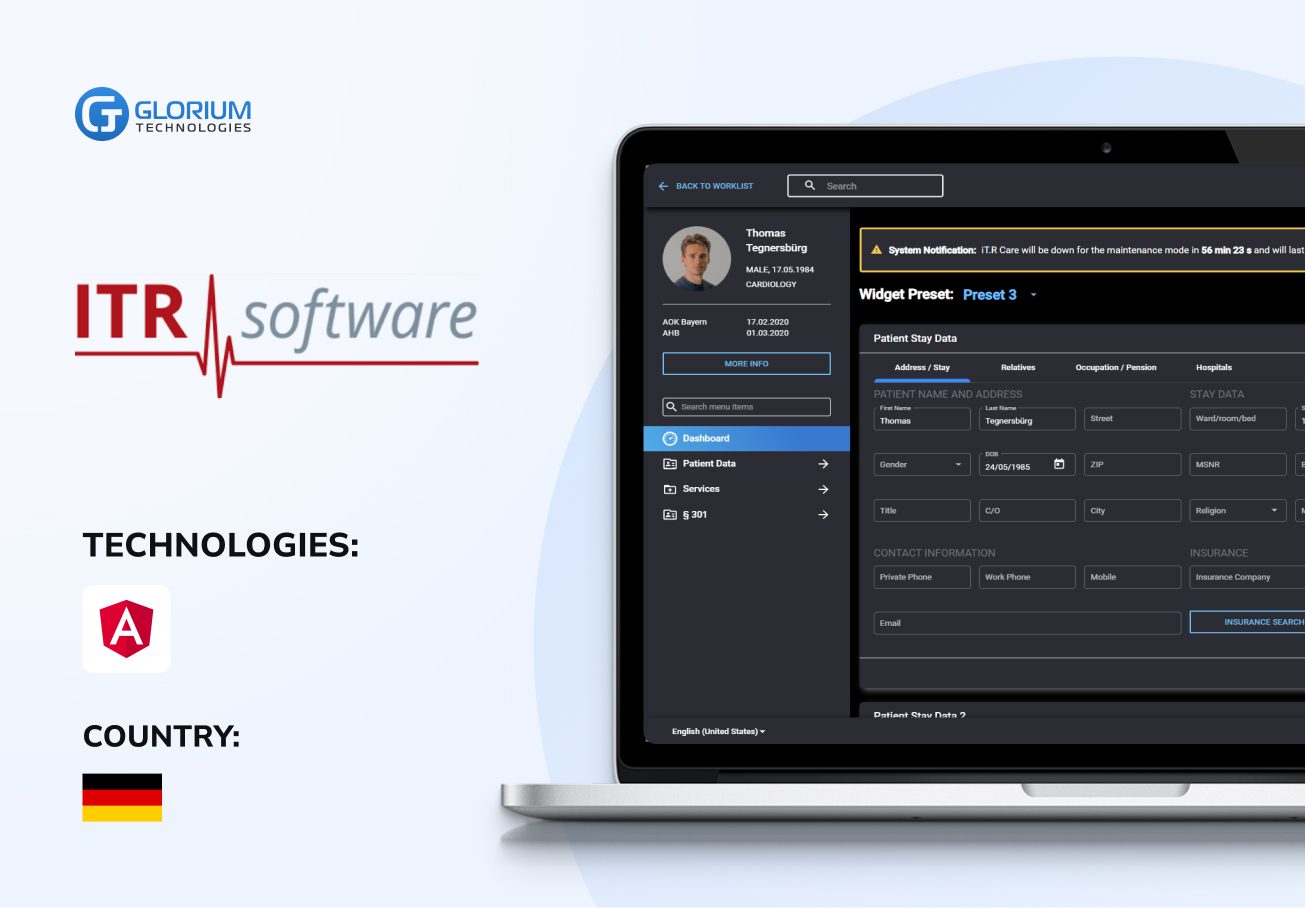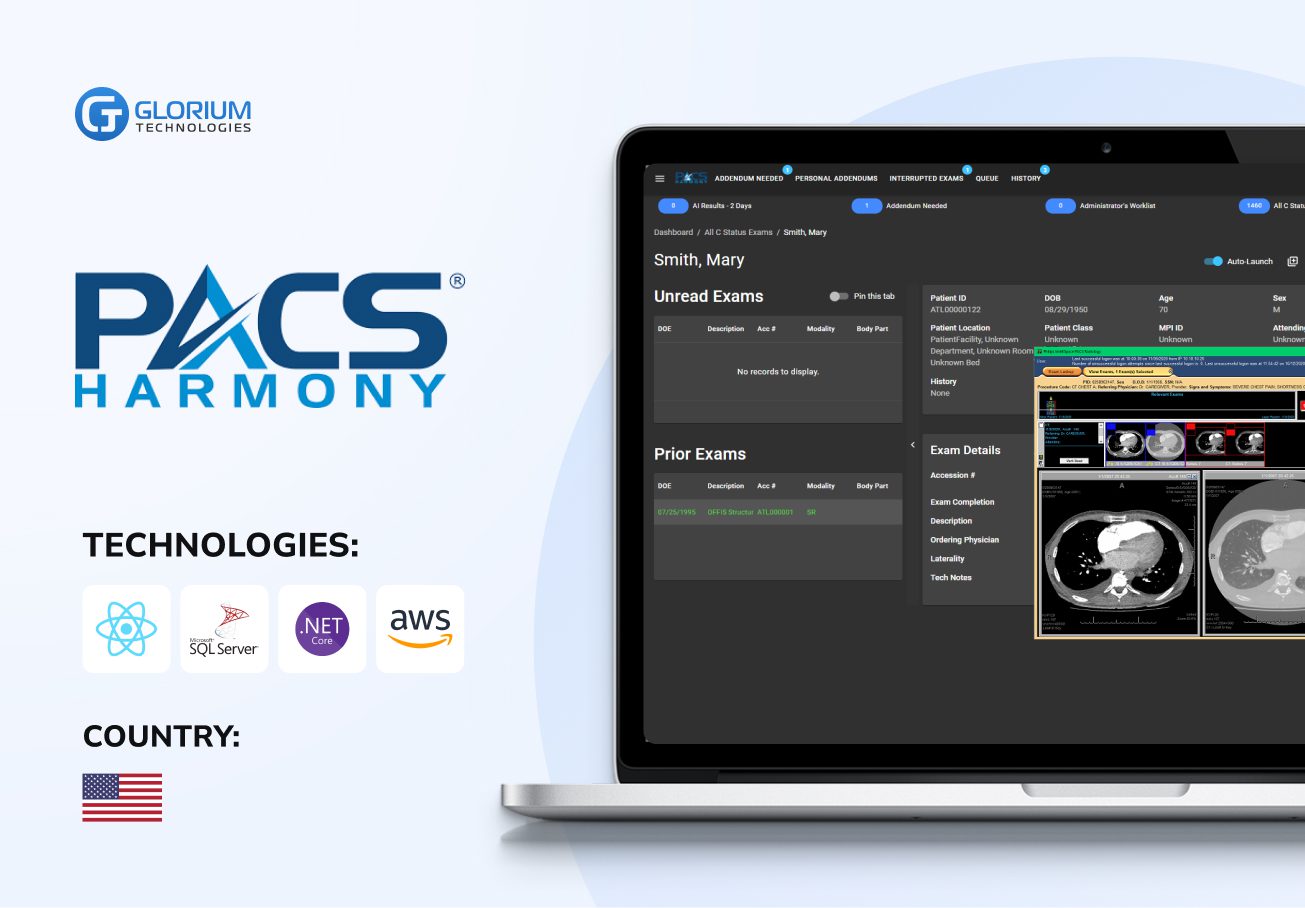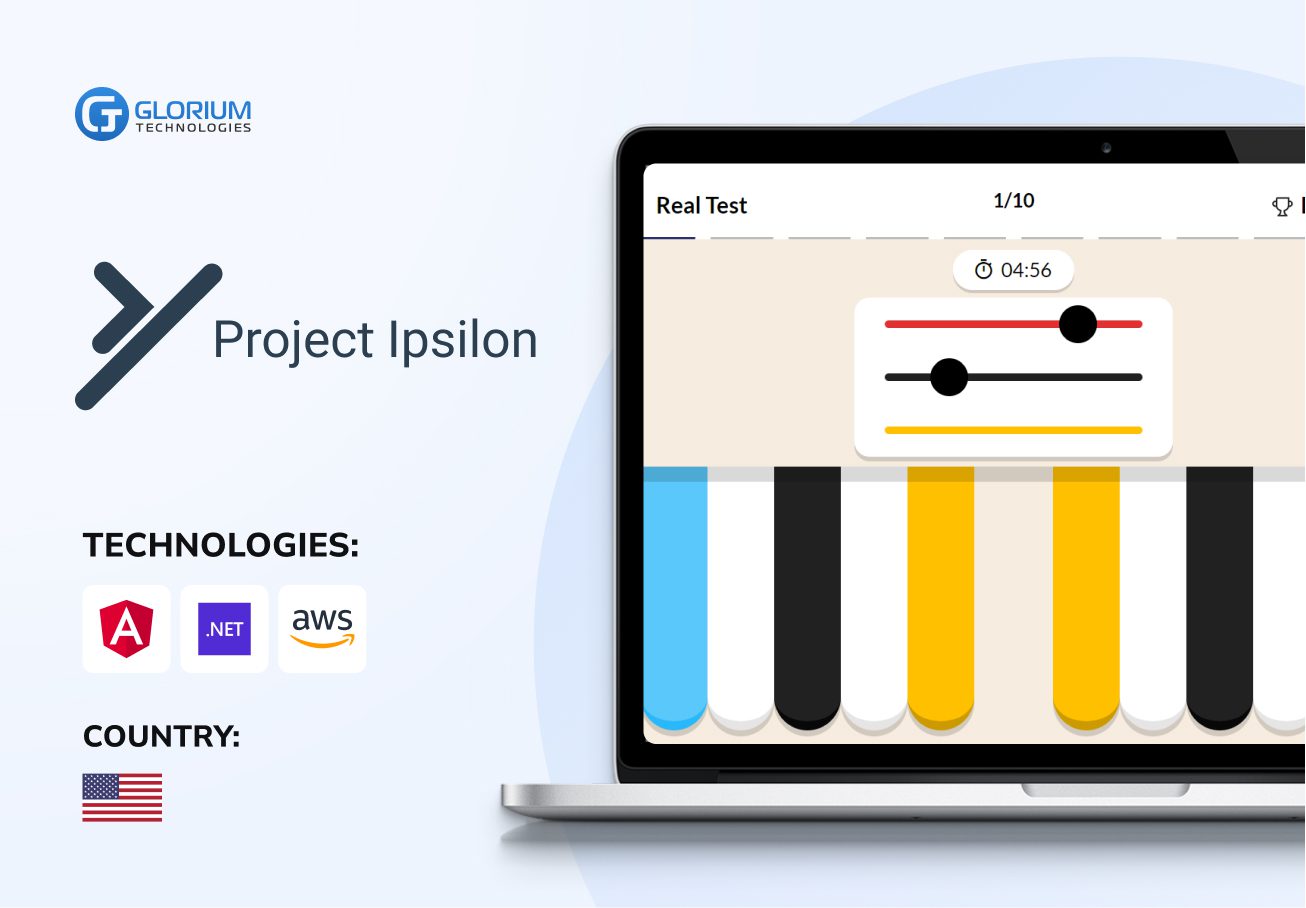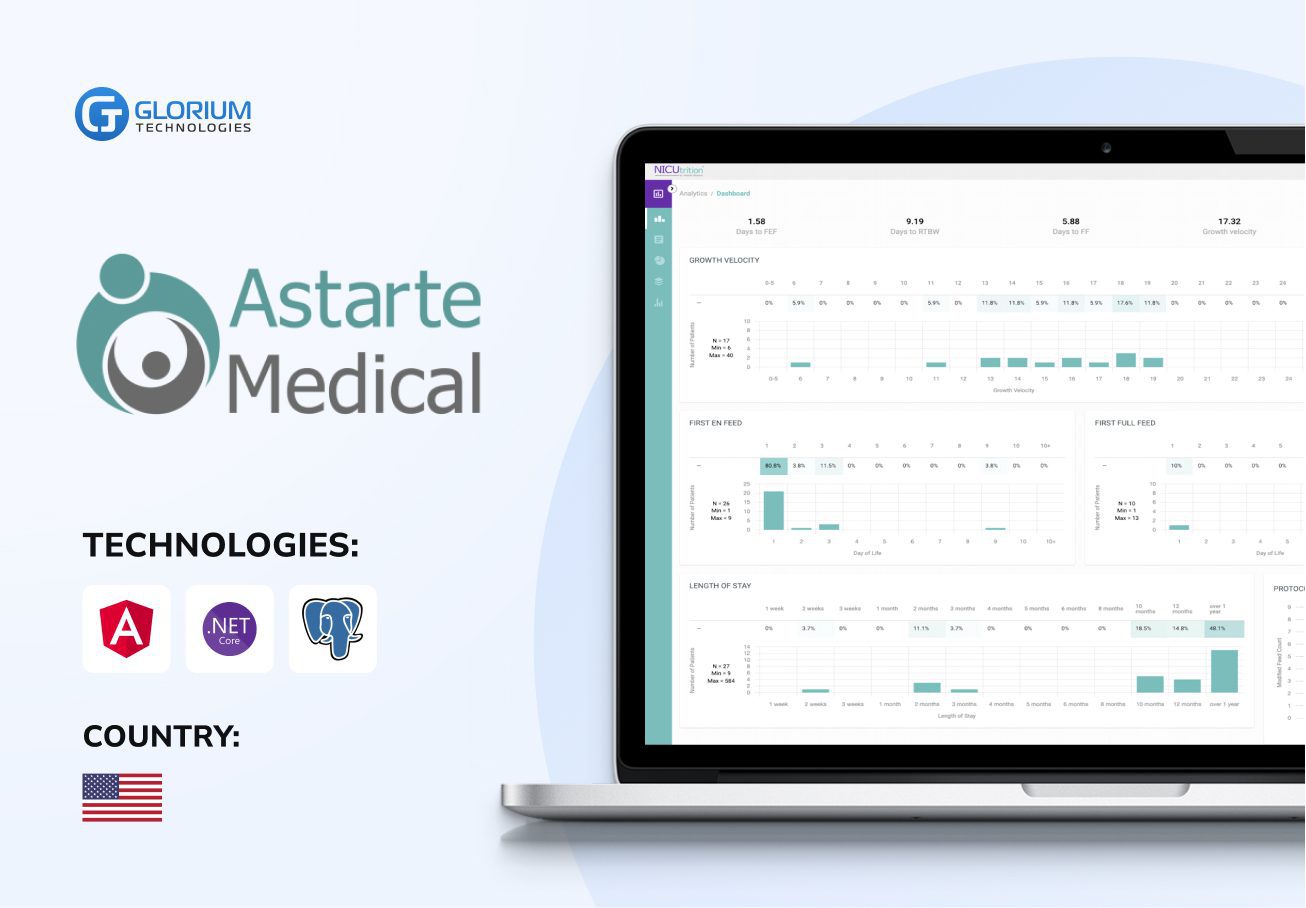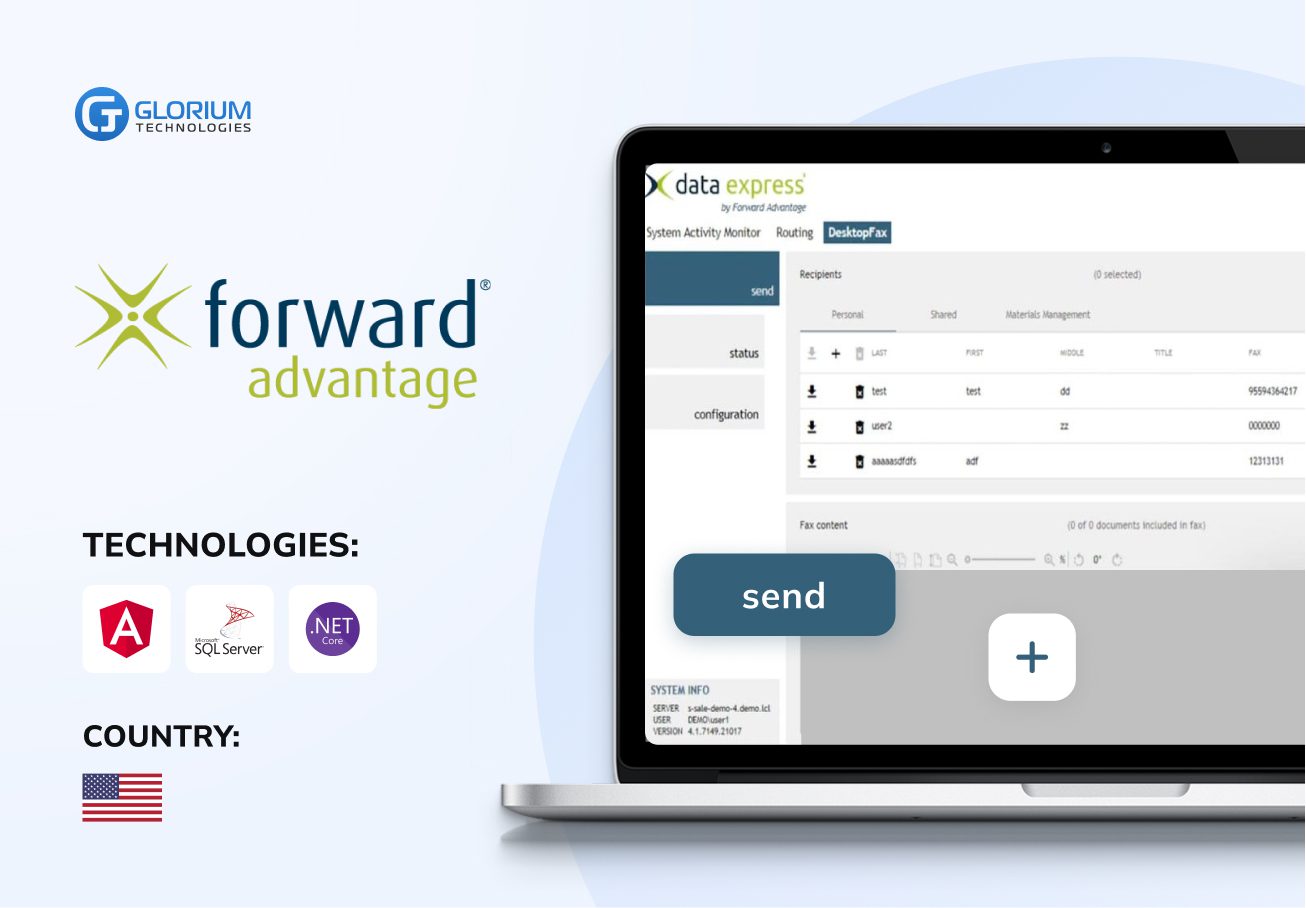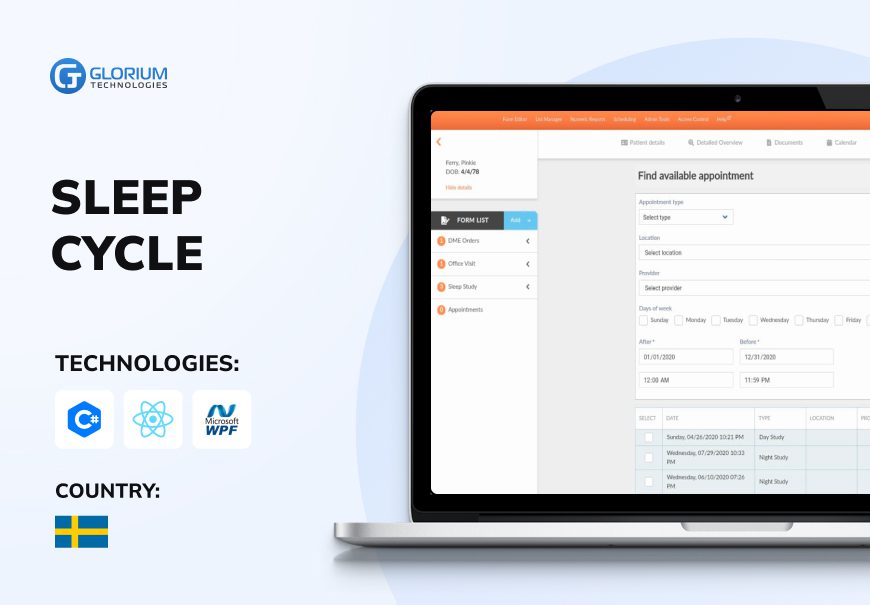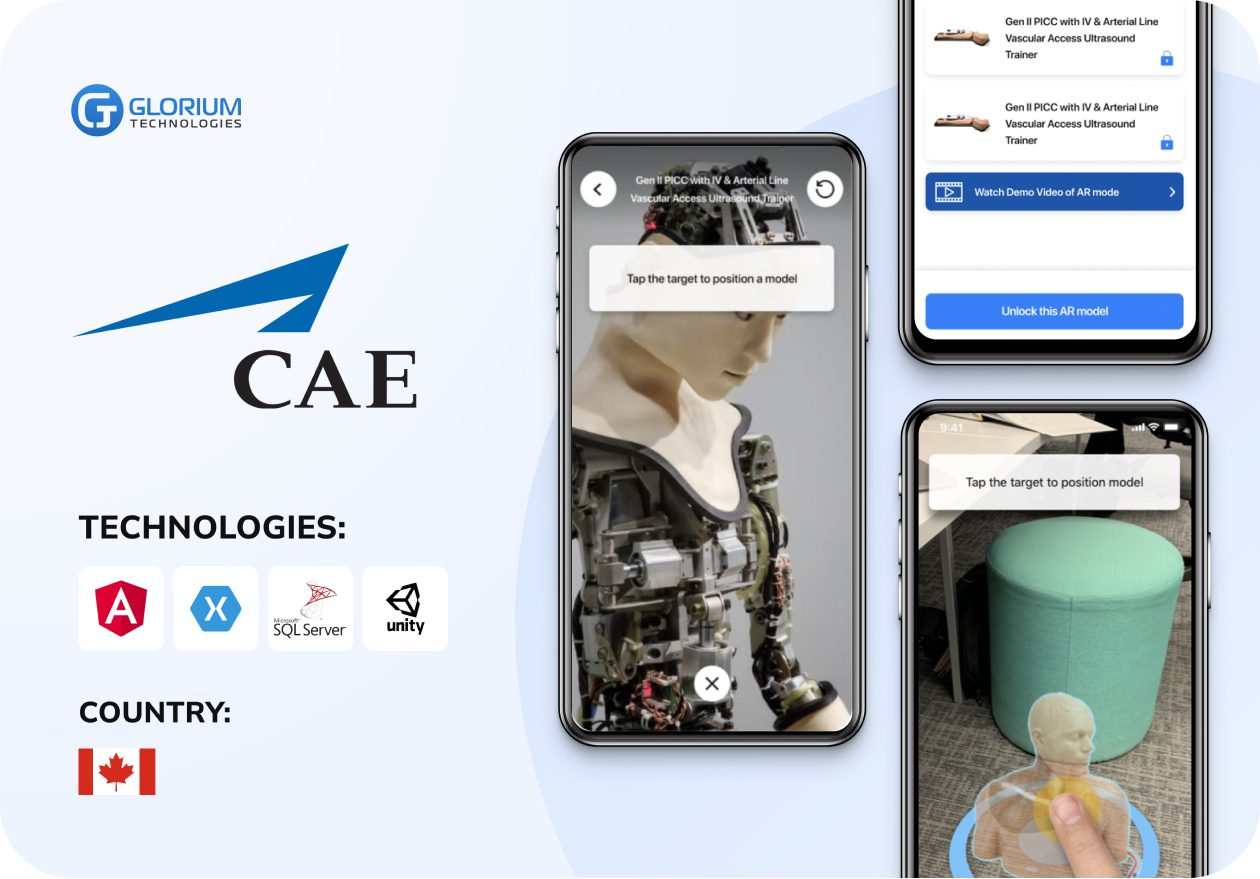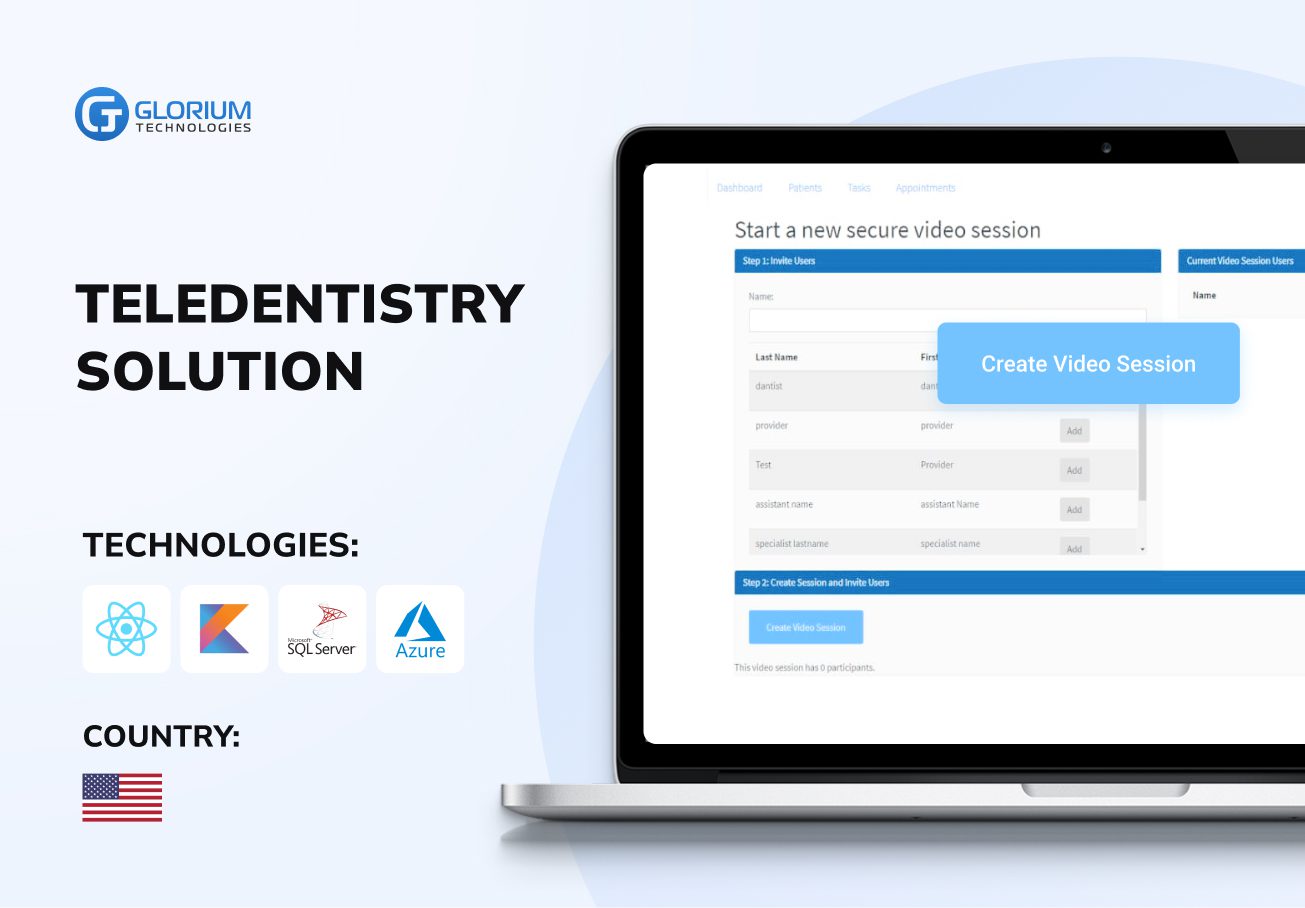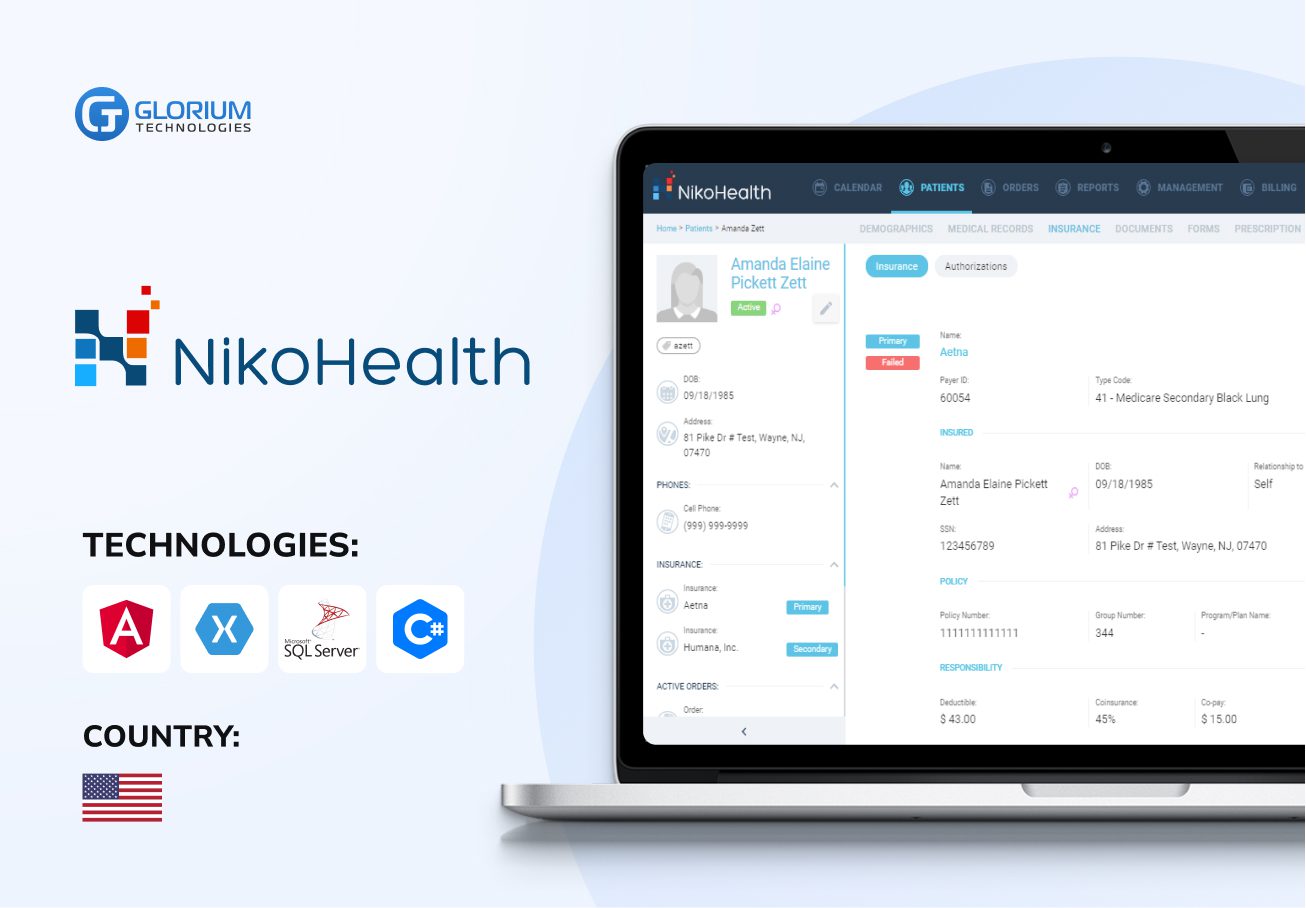Manual Testing Services
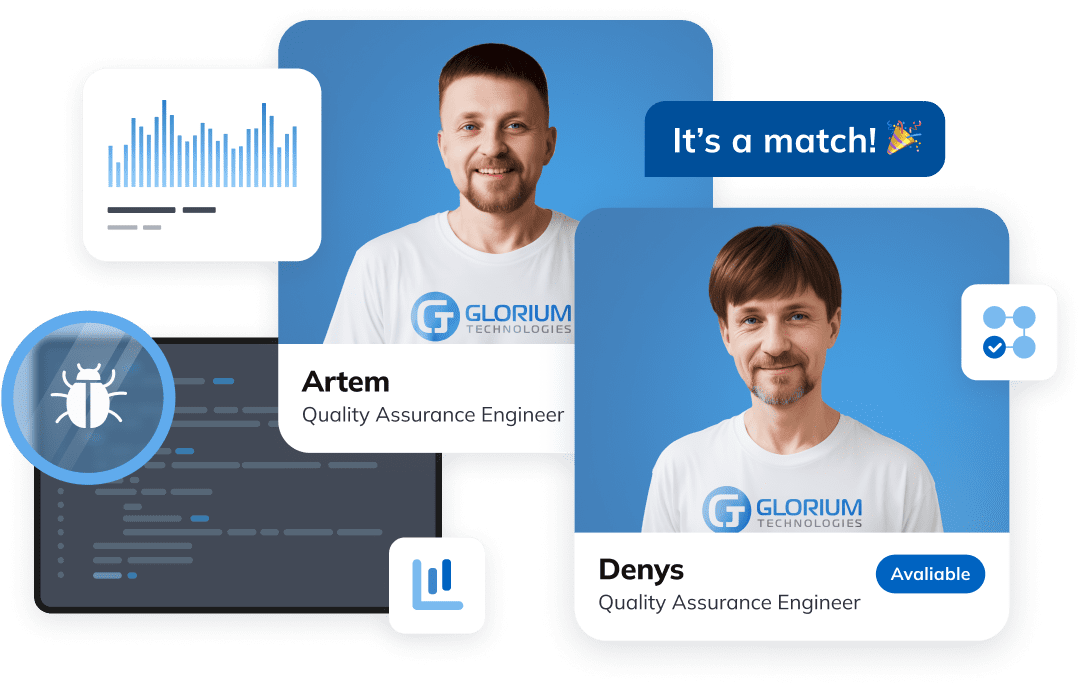
We create a flawless user experience by simulating end-user behavior and eradicating the peskiest bugs and errors with our manual testing services.

Types of Manual Testing Services We Offer
Test planning
We approach each project with customized offers since they are unique and require specific strategies.
Test case development
We create detailed test cases and ensure they include various real-life scenarios.
Test execution
At this stage, our testers start following each test case while documenting all observations.
Reporting and tracking
We create detailed defect reports and make sure to track them after they’ve been resolved.
Closure and maintenance
As a last step, we provide you with comprehensive summary reports and the general impression that can be given on the software’s readiness.
Getplume is a telemedicine service for gender-affirming care and required the integration of several white-label solutions. Manual testing services proved to be very effective in the aspect of system quality and reliability. Our professional testers tested each and every component in functional, usability, and integration testing. Employing the manual testing framework helped create the platform stability, improving user satisfaction and experience.
Assure Infusion, a U.S.-based maker of IV fluids, needed a unified order processing and e-commerce solution. Our manual testing services were very useful in the preservation of system quality and dependability. The approach we adopted for manual testing boosted the reliability of the platform, raised the satisfaction of the end-users, and strengthened the company’s operational effectiveness, which in turn led to higher revenues and customer loyalty for the excellent IV products provided by Assure Infusion.

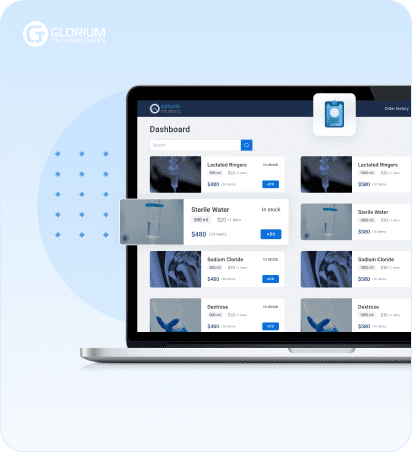
What's Your Preferred Collaboration Model
Why Do Clients Choose Us?
- Our skilled testers have completed 140+ manual testing projects in various industries
- We approach each project as a unique and exceptional assignment
- We offer flexible collaboration methods suited to specific requirements
- We follow the standard testing practices and approaches to get the most thorough results
- Our manual testing services are cost-effective without sacrificing quality
- We bring a new vision and find the problems that the internal team might miss
- We provide a project manager to ensure clear communication and successful outcomes
What our clients say about us
Our clients journeys
Who we are
About usGlorium Technologies is a full-cycle app & software development company which covers specific client business needs and manage them with the help of the best possible technology solutions.
Since 2010, we have been inventing digital breakthroughs, helping startups and businesses come out on top in their markets.

Why choose us
Let's Connect!
Why Do Successful Companies Prefer Outsourcing Manual Testing
The quality of the software is one of the most essential factors that define the efficiency of a business. Manual testing is a central part of the quality assurance process because it employs test engineers who physically check an application to detect errors, user interface problems, or anything that does not correspond to the expected outcome.
There are a lot of testing types that software development companies use. Manual testing is the process of executing the application using test cases developed by the tester without any prior instructions, whereas in automated testing, test cases are predefined, and the testing is performed without any human intervention.
Outsourcing is becoming more and more popular in many successful companies as a solution for manual testing services. This strategic decision enables them to leverage specialized skills, expand their testing capacity, and, at the same time, avoid being distracted by other vital business functions.
In this article, we will discover the causes for this phenomenon and discover how outsourcing manual testing brings notable long-term value to companies of any scale.
Benefits of Manual Testing in Software Development
Manual testing is considered relevant in the world of software development and helps in identifying defects and ensuring that the applications are of high quality, reliable, and easy to use.
It plays the role of the human element in the quality assurance process, as it helps the testers create realistic conditions and model users behavior that may not be covered by automated tests.
This approach is more relevant to assess the qualitative factors that refer to the software which include user interface, workflow and usability.
In software development, manual testing is used hand in hand with automated testing to ensure that all aspects of the application are thoroughly tested.
It is beneficial during the initial phases of the developement. Manual testers are usually more flexible and able to give feedback immediately, as well as to reveal problems that automated tests may not even notice, which is why manual testing should not be ignored in a quality assurance plan.
What are the Long-Term Strategic Benefits of Outsourcing Manual Testing?
Manual testing outsourcing has become a vital and efficient way of improving the quality of services while at the same time cutting costs and conserving time.
This approach enables organizations to tap into industry-specific know-how and sophisticated testing frameworks without the requirement of making considerable investments.
Thus, cooperation with experienced testing service providers will help the companies achieve a higher quality of the software, reduce the time to market, and increase the efficiency of the SDLC.
Furthermore, outsourcing manual testing allows companies to easily increase or decrease the volume and length of the software testing process based on the project requirements without being limited by the in-house capacity.
This flexibility, along with the possibility of getting access to a number of skills and specific industry knowledge, can make outsourcing a really effective strategy for long-term success in the field of software quality assurance.
Below are the most important features that explain why manual testing outsourcing is a good idea that should be considered by successful companies:
Cost efficiency: cutting costs without cutting corners
Outsourcing the manual testing service does not automatically mean that quality will be traded off for low prices. Working with a manual software testing company can spare organizations a great deal of resources required to recruit, train, and support a team of in-house testers.
This model helps save money on salaries of employees, their insurance, office rent and other expenses concerning testing facilities.
For instance, an online education platform from the Netherlands called StudyTube initially employed part-time engineers but later switched to nearshoring and started working with Ukrainian developers.
This change helped StudyTube to get €1,500,000 of investment and expand the company further. This model proved to be quite cost-effective as it allowed the organization to engage with skilled developers at a lower rate than it would have been possible to hire local talent.
Tapping into a global talent pool
Manual testing outsourcing brings into focus a large number of testers from across the globe with different skill sets and exposures. This gives companies an opportunity to engage professionals in certain domains, technologies, or testing methodologies that could be hard to find or costly to hire locally.
Google has outsourced many non-core work, such as manual testing, to utilize talent around the world. The company has been able to uphold good quality and effectiveness in the provision of products and services, most especially for its diverse array of products and services.
This approach enabled them to engage international testing teams and guarantee that quality assurance was performed to the highest standardGoogle has successfully offloaded certain non-core activities, including manual testing, to international testing teams.
Faster time to market
Manual software testing can be outsourced and will bring many benefits, including faster time to market. Every company wants fast development and fast launch. Of course, outsourcing manual testing can’t promise immediate launch, but it can guarantee faster time to market compared to in-house or automation testing.
Gathering an in-house team takes time, but even if you have a full team ready, it’ll still take a bit longer. External teams are usually proficient in all forms of testing, including automation testing, user acceptance testing, exploratory testing, software testing, regression testing, and so on.
This means that you’ll be working with a professional team and are less likely to make expensive and time-consuming mistakes.
Reducing errors and enhancing compliance
Manual testing done by professional service providers with unique skills and procedures can help minimize the chances of a mistake and ensure that the right standards and/or laws have been met. These teams are usually familiar with the state of the art and have faced many types of tests in their careers.
What does this mean for you? It means that if you plan to work with professional manual testing services provider, you’ll have a team that is proficient in test management, can create an effective testing strategy and avoid mistakes during all forms of testing: manual testing, automated testing, functional testing, software testing, regression testing, etc.
Outsourcing manual testing allows you to cut down on mistake expenses, increase productivity, and reduce errors.
Freeing up internal resources to focus on strategic initiatives
This benefit is actual for all types of services, including manual software testing.
We recommend working with experts and receiving manual testing services from professionals not only for the quality of work and many other benefits but also because outsourcing software testing services frees up time and resources for you to focus on core business.
Since you don’t have to spend time on the recruitment process, crafting a testing strategy, and filling in skill gaps for better test cases, you’ll have more time left for core business processes, development process, and other activities.
Testing Process: Insights from Our QA Professionals
In this section, we give you an idea of how we perform manual testing based on the insights provided by our senior QA engineers.
This understanding gives more information about the service of professional manual testing and the contribution they make to the development of software products. It is, therefore, broad, flexible, and based on current standards to offer the best results for our clients.
Below is the general approach to manual testing described in detail and divided into stages. Each step plays a vital role in ensuring that the testing coverage is adequate and proper communication is made throughout the project’s life:
Test Planning: At this stage, our QA engineers analyze requirements and project scope, define testing objectives and strategy, identify necessary resources and tools, and create a detailed testing strategy and schedule.
Test Case Development: Our manual testing team designs all-inclusive test cases, including positive and negative test scenarios.
Test Execution: After we have all the test scenarios ready, our testers start performing tests according to the testing strategy. They identify and report any defects or issues they encounter during the testing process.
Defect Reporting and Tracking: Our manual testing services continue to create detailed defect reports. Testers assign severity and priority to each bug and error and then track defects.
Test Cycle Closure: We compile test results and metrics and prepare a complete test summary report.
Continuous Communication: We don’t end our testing process with the final report. Our QA engineers continue communication and support. They provide regular updates to stakeholders, collaborate with the development team, and adapt testing approaches based on project requirements.
Looking for Professional Manual Testing Services?
When it comes to manual testing partners, choosing the right one is a very important decision that may affect your software projects’ quality and success.
While looking for an ideal partner, you should not only consider the technical competency but the partner should also complement the business vision and culture.
In the next section, you will find answers to the most important questions and a step by step guide on how to select the most appropriate manual testing service provider.
How to choose the right partner
Choosing the right provider of professional manual testing services is a careful process that needs your attention and evaluation. You have to research various companies, compare them to each other, and find the most suitable for your needs.
Here’s our little guide on how to evaluate manual testing services and find the best one for your company:
Define your requirements
Clearly outline your project scope, timeline, and budget. Identify specific testing needs (e.g., domain expertise, technology stack). Determine desired communication and collaboration methods.
Research potential partners
Look for providers with relevant industry experience. Check client testimonials and case studies. Evaluate their technology expertise and testing methodologies.
Assess technical capabilities
Review their testing processes and best practices. Inquire about their testing tools and infrastructure. Evaluate their experience with similar projects or technologies.
Evaluate communication and cultural fit
Assess their communication style and responsiveness. Consider time zone differences and language proficiency. Ensure their work culture aligns with your company values.
Examine security and compliance measures
Verify their data protection and confidentiality policies. Ensure compliance with relevant industry standards (e.g., ISO, GDPR). Discuss intellectual property protection measures
Request and evaluate proposals
Ask for detailed proposals from shortlisted providers. Compare pricing models and service level agreements. Look for flexibility in scaling resources based on project needs.
Conduct interviews and technical assessments
Arrange meetings with key team members. Conduct technical interviews or sample tests if necessary. Assess their problem-solving skills and adaptability.
Check references
Contact previous or current clients. Inquire about their experience, challenges, and outcomes. Ask about the provider’s strengths and areas for improvement.
Start with a pilot project
Consider starting with a small project or trial period. Evaluate their performance, communication, and results. Use this experience to make a final decision on a long-term partnership.
Negotiate contract terms
Clearly define deliverables, timelines, and quality metrics. Establish communication protocols and reporting procedures. Include provisions for scaling, changes, and dispute resolution.
By completing these steps, you will be able to evaluate potential manual testing partners properly and choose the one that will be suitable for you to work with, thus having a successful and fruitful cooperation.
How Can Glorium Technologies Help?
Manual testing outsourcing for the most successful companies has become a strategic approach to enhance the quality of software while increasing efficiency. These include reduced costs, easy access to international talent, fast time to market, better compliance standards, and the ability to concentrate on the core business objectives of an organization.
Glorium Technologies provides professional manual testing services that are flexible and can suit the needs of every software project. Our team of QA professionals has relevant experience in various industries and technologies, which allows us to perform a high-quality and efficient testing process.
We apply the most efficient techniques and use only the most powerful instruments and tools to provide the highest-quality services and avoid problems that can be critical for your customers. Additionally, we have flexible collaboration models, meaning that you can manage, change, and adjust your testing efforts according to specific projects.
If you’d like to learn more about how we can help you, contact us today and schedule a free consultation. Meet our experts, who’ll give you answers to all of your questions.
How do you ensure the security and confidentiality of our data during the testing process?
Absolutely. We have the versatility and the capacity to work within the framework of our clients’ organizations.
This includes using the PM tools that you have identified as more suitable for you, following the testing strategies and documentation guidelines that you have set for yourself, and attending your daily stand-ups or status meetings.
We have proficiency in the usage of several version control systems and CI/CD pipelines, and are capable to submit reports in the desired format. As for the objectives, it is our ambition to act as an extension of your company and improve your working methods without impeding them.
That is why we embrace integration with your current processes and aim at enhancing the quality assurance efforts.
Can you integrate with our existing development and QA processes?
Larger or more complicated applications require a more systematic method that starts with an analysis of the application architecture and its needs.
We then decompose the application into different modules or components and come up with a good test strategy and a detailed test plan. We gather a strong team of testers with the necessary experience to address various aspects of complex systems.
As for testing, we use both manual and automated testing as per the project requirements and keep the communication and progress reports frequent. All our operations are flexible, and we can easily adjust our resource allocation depending on the project’s needs. We always evaluate and address risks.
Because we have handled numerous and diverse projects, it is possible to work with you to develop the most appropriate strategies and achieve the most comprehensive and accurate results possible.
How do you handle testing for large-scale or complex applications?
Larger or more complicated applications require a more systematic method that starts with an analysis of the application architecture and its needs.
We then decompose the application into different modules or components and come up with a good test strategy and a detailed test plan. We gather a strong team of testers with the necessary experience to address various aspects of complex systems.
As for testing, we use both manual and automated testing as per the project requirements and keep the communication and progress reports frequent. All our operations are flexible, and we can easily adjust our resource allocation depending on the project’s needs. We always evaluate and address risks.
Because we have handled numerous and diverse projects, it is possible to work with you to develop the most appropriate strategies and achieve the most comprehensive and accurate results possible.
What tools and technologies do you use for manual testing?
Manual testing is a process that can be done without the use of tools but we employ tools for effectiveness and record keeping.
These are test case management tools. For example, test management tools, bug reproduction software, browser developer tools, etc. We also use virtual machines and emulators to test other platforms.
How do you manage and report defects found during testing?
Our defect management process is detailed and unambiguous. Every defect is described step-by-step, the process of reproduction, the expected results and the actual ones, and sometimes even a screenshot or a log file.
Severity and priority are evaluated for every defect, and a proper defect tracking system is implemented to manage them properly. There is a scheduled defect reviewing session with your team to review and set the priorities of the defects. Retesting and verification of the fixed defects is also done to confirm that they are indeed fixed.
Based on your requirement, we can submit the defect reports on a daily basis or weekly basis. We also carry out trend analysis in order to establish patterns of matters that are common or that are arising frequently. During the process, we strictly adhere to the protocol of communicating defects and their descriptions to enable quick troubleshooting and preserve the project’s pace.
What is your typical turnaround time for a manual testing project?
Turnaround time depends on the size of the project, the level of its complexity and your specific instructions.
Still, we do all we can to be efficient. For small and medium-scale projects, testing usually takes 2-4 weeks, while large or more complicated projects may take up to 4-8 weeks or more.
We give frequent reports on the progress and can shift the time line depending on your needs. We collaborate with you to set achievable schedules and goals that reflect the timeframes you have set for your project so that we can provide you with quality services on or before your deadlines.
